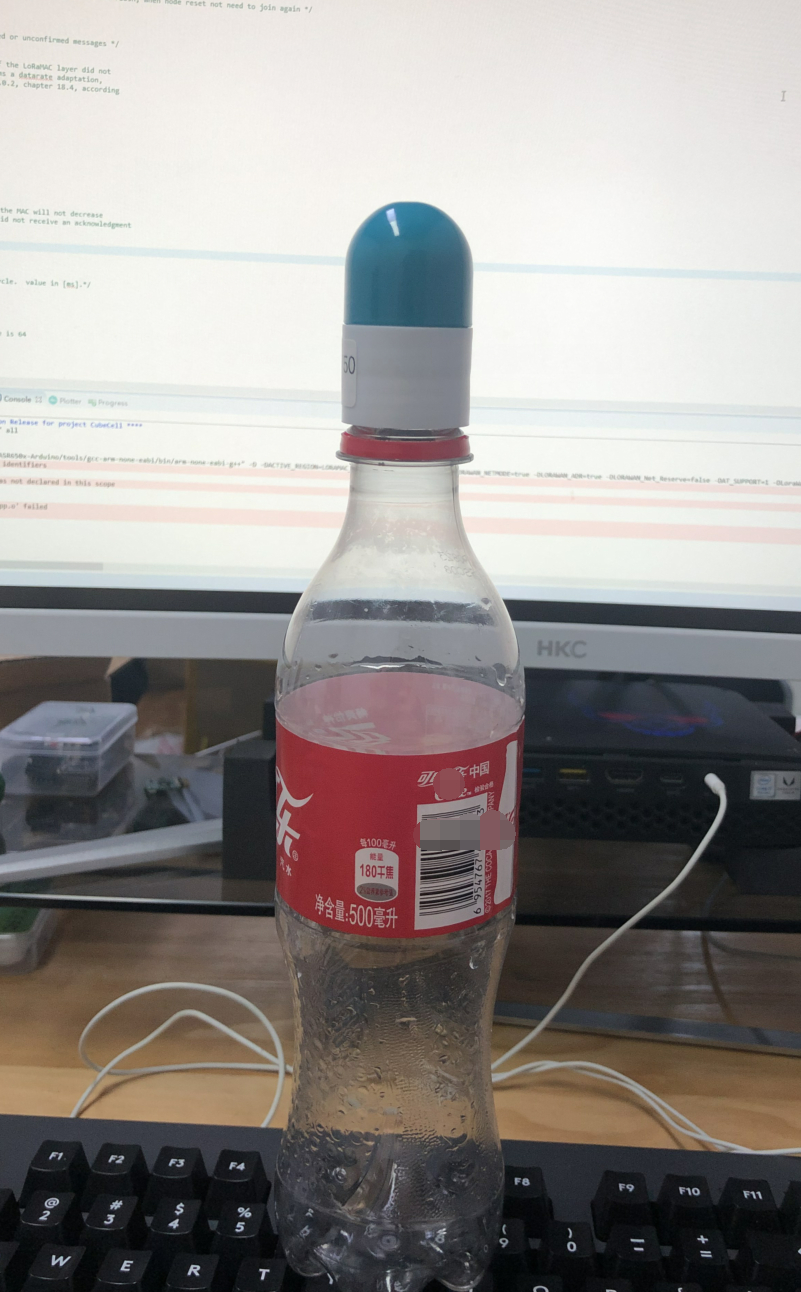I am often asked questions about the Capsule sensor’s screw nut… Hope this picture can make a direct sense to you.
When we design the capsule sensor, we hope users can do some basic test immediately, users can insert various sensors with a basic shell.
So, we don’t think there is anything easier than finding a cola bottle all over the world.

.stl file for 3D print (Thanks to Raystream for sharing): https://github.com/HelTecAutomation/ASR650x-Arduino/tree/master/3D_Print/HTCC-AC01